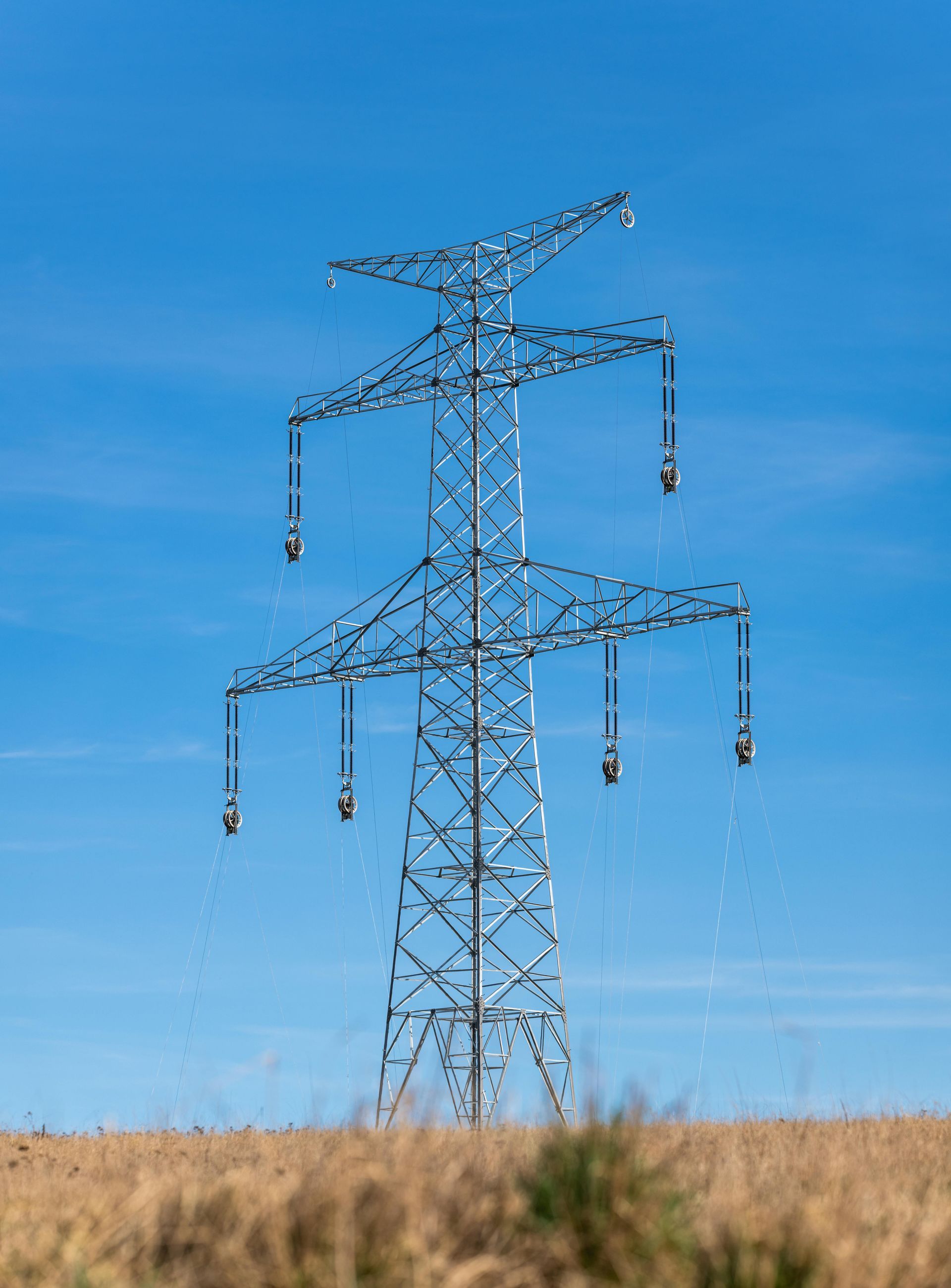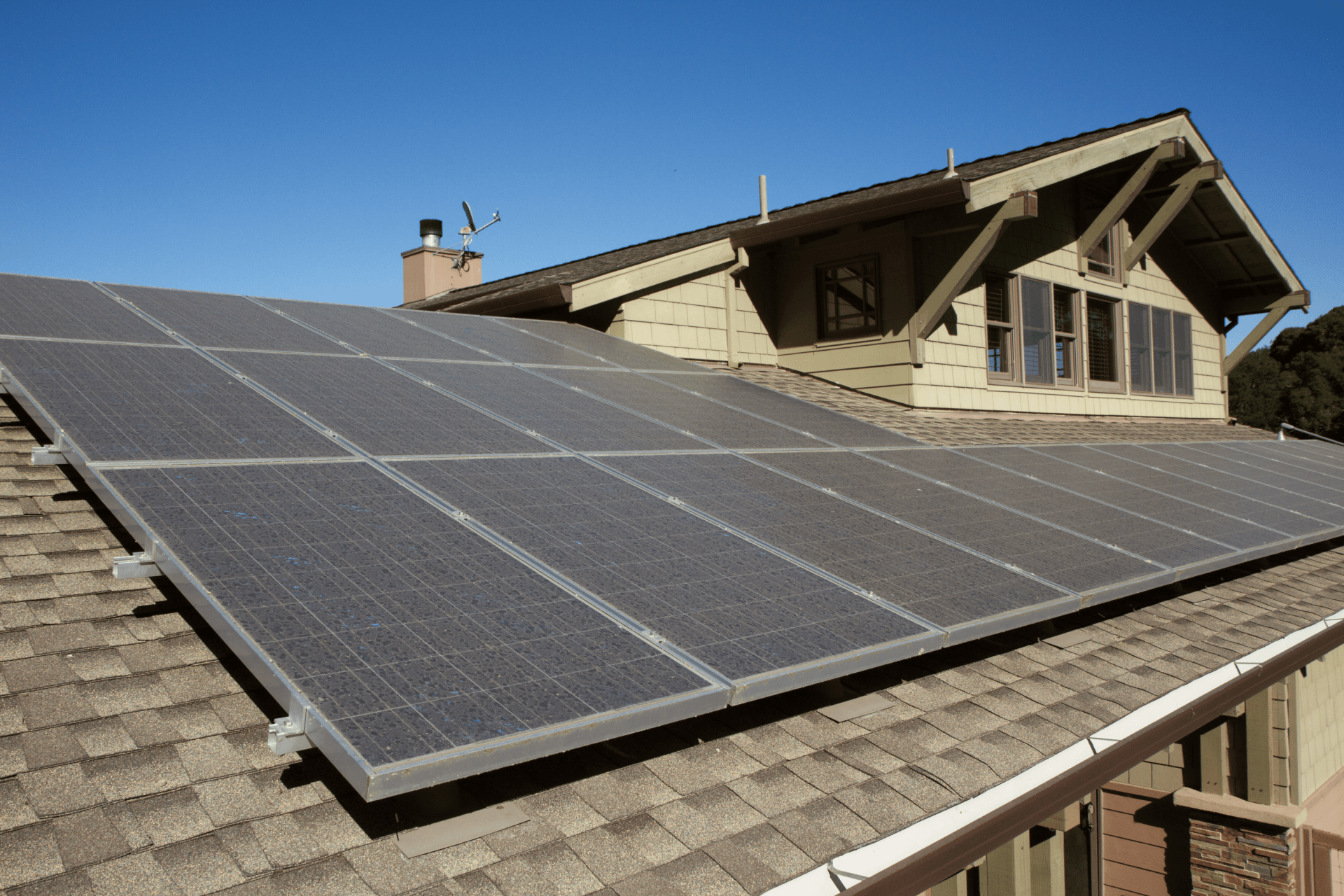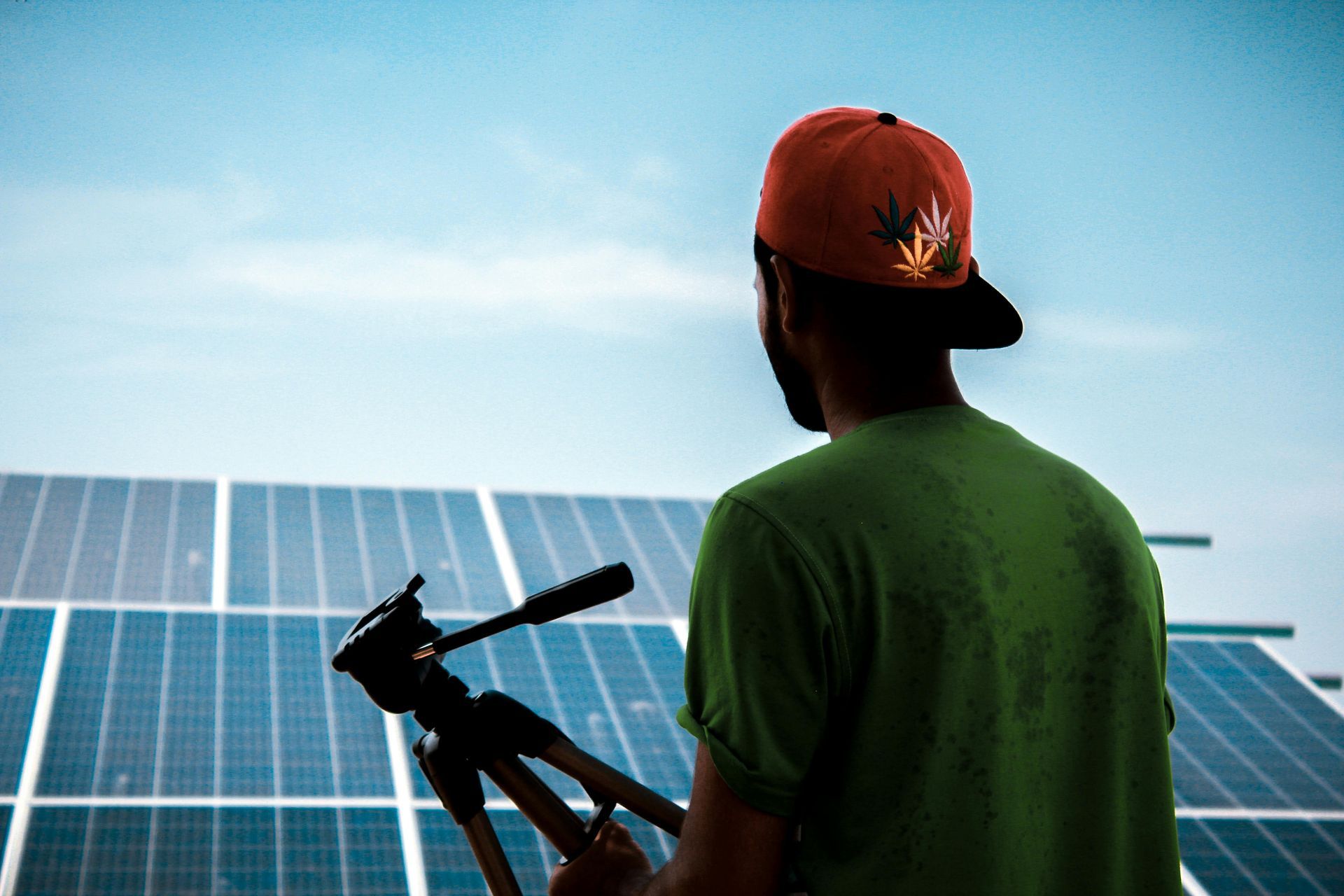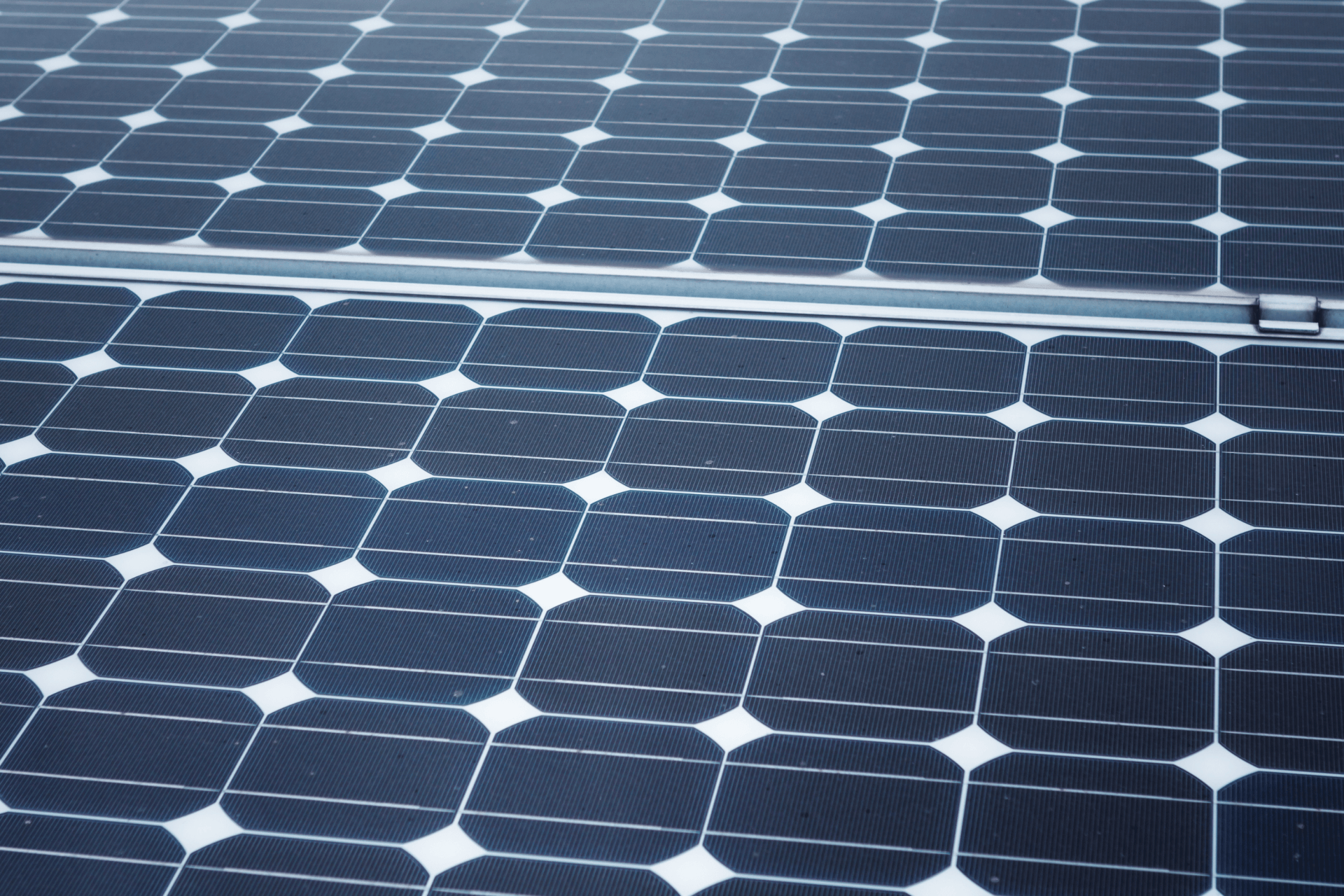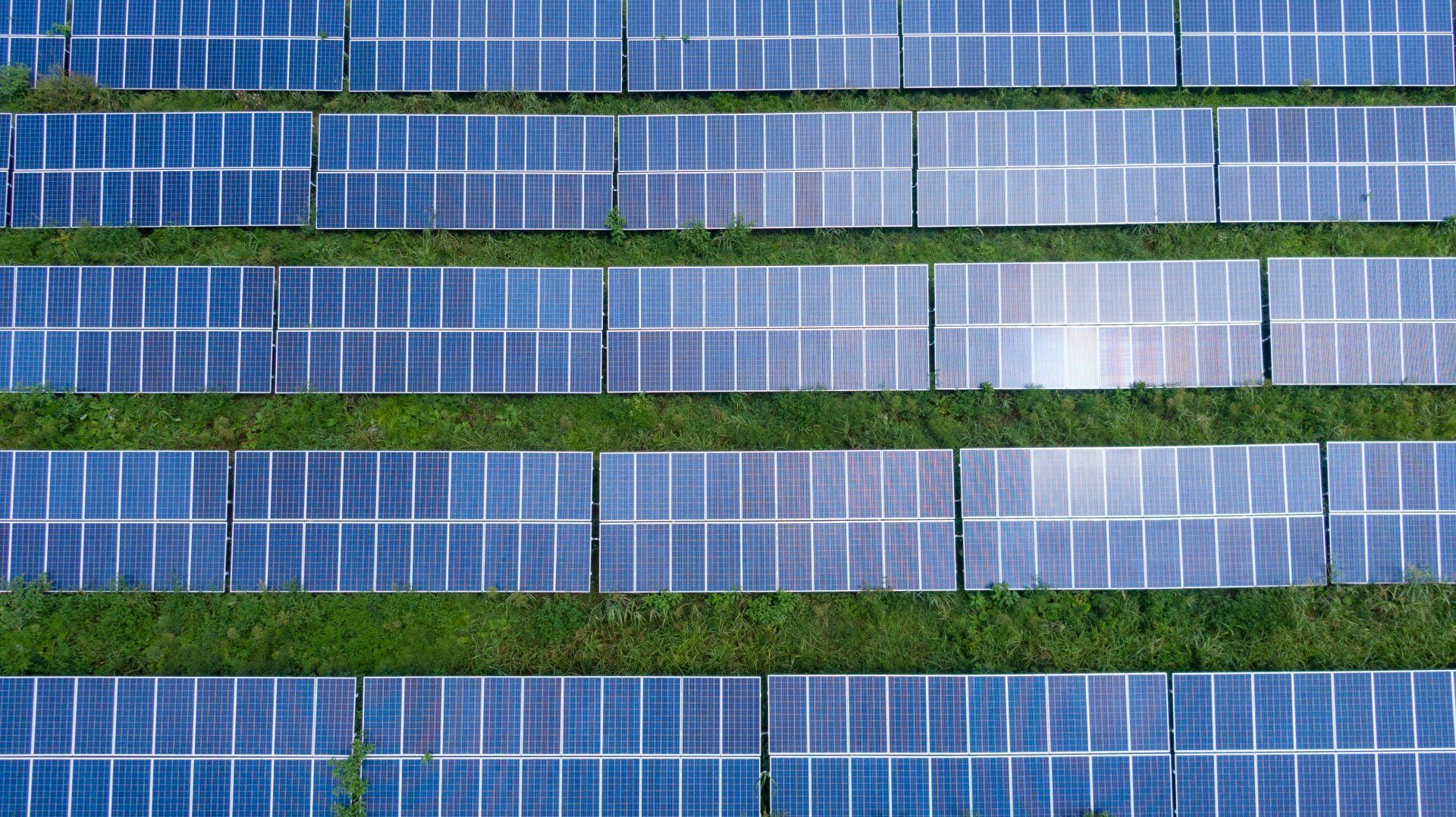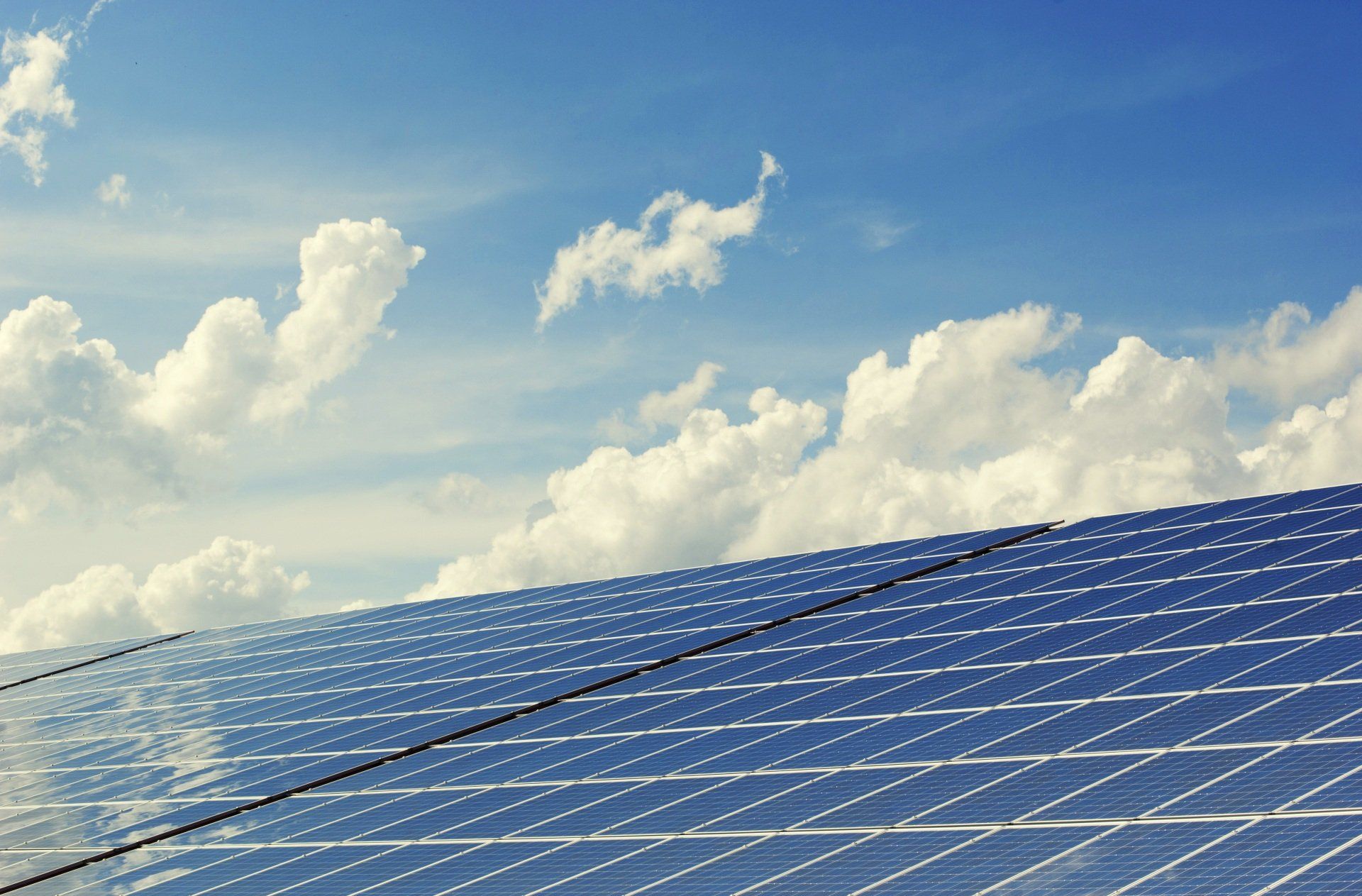The Impact of Weather on Solar Panel Performance
Weather plays a crucial role in the performance of solar panels, affecting their efficiency and output.
Understanding how different weather conditions impact solar panel functionality is essential for optimizing their performance.
From the optimal temperature range for solar panels to the influence of cloudy days, rainy weather, snowy conditions, fog, wind, humidity levels, and ice accumulation, this article explores the various factors at play.
Discover the best practices for maintaining solar panels in different weather conditions and learn how to maximize their performance through weather optimization.
Impact of Weather on Solar Panel Performance
The impact of weather on solar panel performance is a crucial aspect that influences the efficiency and output of solar panels in various conditions.One of the primary factors affecting solar panel performance is sunlight intensity. The amount of sunlight received by the panels plays a significant role in determining their power production. On bright sunny days, when sunlight intensity is high, solar panels generate more electricity. During cloudy or overcast days, the reduced sunlight intensity can lead to decreased power output. Extreme weather conditions such as hail or heavy snow can physically damage the panels, impacting their efficiency and overall performance.
Introduction to Weather Effects
Understanding the weather effects on solar panels involves analyzing how environmental conditions such as sunlight, temperature, and cloud cover impact energy production and efficiency.When sunlight, as the primary source of energy for solar panels, is obstructed by cloud cover, the panel's energy production decreases. National Renewable Energy Laboratory research has highlighted the importance of optimizing solar panel positioning to maximize exposure to direct sunlight. This positioning factor is essential for systems like those offered by Sunbox, which focus on efficiency improvements to make the most of available sunlight. Temperature also plays a crucial role, as higher temperatures can reduce efficiency due to increased resistance within the panels. Therefore, understanding and monitoring such weather effects are vital for maintaining optimal solar panel performance.
Understanding Solar Panel Functionality
To comprehend solar panel functionality, one must delve into the workings of solar cells, the generation of electrons, and the conversion of sunlight into clean energy through photovoltaic cells.
Solar cells , also known as photovoltaic cells, are the heart of a solar panel system. These cells are made of semiconductor materials, often silicon, which can absorb sunlight and release electrons. When sunlight hits the solar cell, it excites the electrons, causing them to flow and produce an electric current. This current is then collected and sent to an inverter, where it is converted from direct current (DC) to alternating current (AC), making it usable for powering homes, businesses, and more.
Factors Affecting Solar Panel Performance
Various factors such as weather conditions, solar technology, available roof space, and the use of solar tracking systems significantly impact the performance and efficiency of solar panels.Weather conditions play a crucial role in determining how much sunlight reaches the panels and affects their overall output. Cloud cover, humidity levels, and temperature variations can all influence the efficiency of solar panels. Advancements in solar technology have led to more efficient and durable panels, increasing their energy production capabilities. The amount of available roof space is another key factor, as larger areas can accommodate more panels to generate higher power outputs.
The implementation of solar tracking systems allows panels to follow the sun's path throughout the day, maximizing sunlight exposure and optimizing energy production. These systems can significantly enhance the performance of solar panels by increasing their efficiency and energy output levels.
Optimal Temperature Range for Solar Panels
Maintaining an optimal temperature range is critical for enhancing the efficiency and performance of solar panels, ensuring that panel efficiency is maximized through proper ventilation and ideal weather conditions.
When solar panels are exposed to extreme temperatures, their efficiency can decrease significantly, impacting overall energy production. High temperatures can lead to thermal losses and reduce the conversion of sunlight into electricity. Conversely, extremely low temperatures can also hinder the performance of solar panels by affecting their ability to function optimally. Incorporating effective ventilation systems is essential to dissipate excess heat during hot weather, preventing any heat-related damage to the panels.
Temperature management strategies play a crucial role in maintaining the longevity and effectiveness of solar panels. By regulating the temperature within the recommended range, the efficiency of the panels can be optimized, ensuring consistent and reliable energy output. Using technologies such as temperature sensors and monitoring systems can help in tracking and adjusting the panel's temperature levels as needed.
Cloudy Days and Solar Panel Efficiency
Cloudy days pose a challenge to solar panel efficiency due to reduced sunlight intensity and increased cloud cover, impacting the performance of solar technology reliant on direct sunlight.When the sky is overcast, less sunlight reaches the surface of solar panels, leading to a decrease in electricity production. The reduced light intensity can cause a drop in the efficiency of solar panels, affecting their ability to convert sunlight into usable energy.
Increased cloud cover can result in intermittent shading on the panels, further reducing their overall output as shadows move across the surface throughout the day.
Rainy Days and Solar Panel Output
Rainy days can affect solar panel output by temporarily reducing power production as rainwater impedes direct sunlight absorption, influencing the generation of clean energy.This decrease in power production occurs because rainwater acts as a barrier, preventing sunlight from reaching the solar panels efficiently. This leads to a decrease in the conversion of solar energy into electricity, impacting the overall efficiency of the system during rainy periods.
While solar panels can still generate some power on overcast days, rainy weather significantly hampers their effectiveness. The amount of sunlight that reaches the panels is crucial for optimal power output, and rainy conditions can disrupt this flow.
Factors like cloud cover and humidity levels also play a role in solar panel efficiency during rainy periods. Clouds block sunlight, reducing the amount of energy that can be absorbed by the panels, while high humidity can affect the conductivity of the panels, further lowering output.
Snowy Conditions and Solar Panel Operation
Snowy conditions and snowstorms can affect solar panel operation by reducing energy output in cold weather, highlighting the need for efficient maintenance and solutions such as those offered by SunPower .
When snow accumulates on solar panels, it creates a barrier that blocks sunlight, thus reducing the panels' ability to generate electricity. Cold temperatures can also impact the efficiency of the panels, further decreasing energy production. Snowstorms pose additional challenges, causing potential damage to the panels and disrupting the overall system performance.
In response to these issues, companies like SunPower have developed innovative solutions, including snow removal technologies and efficient designs that prevent snow build-up, ensuring optimal energy production even in snowy conditions.
Fog and Its Impact on Solar Panels
Fog can influence solar panels by reducing sunlight exposure and affecting energy production, emphasizing the importance of optimal weather conditions and humidity levels for solar technology efficiency.
Reduced sunlight exposure caused by fog can lead to a decline in the energy production of solar panels. The water droplets in fog can scatter and absorb sunlight, obstructing the amount of sunlight reaching the solar panels. This reduction in sunlight can significantly impact the electricity output of the solar system. High humidity levels associated with fog can affect the performance of solar panels, as excessive moisture can accumulate on the panels, affecting their efficiency.
Wind's Influence on Solar Panel Efficiency
Wind plays a role in solar panel efficiency by affecting energy output and potentially necessitating backup generators during adverse weather conditions, showcasing the interaction between wind and solar technologies.In terms of solar panels, their efficiency is directly linked to the amount of sunlight they receive. The interaction of wind with solar technology can alter this equation by either enhancing or disrupting the optimal conditions. Strong winds can cool down the panels, preventing overheating and improving their performance. Excessive wind speeds can also lead to mechanical stress on the panels, affecting their stability and potentially reducing their longevity.
Wind can impact the effectiveness of solar panels by causing debris or dust to accumulate on the surface. Regular cleaning and maintenance may be required in windy areas to ensure maximum energy production. This is particularly important during periods of inclement weather, such as storms or heavy winds, as these conditions can significantly diminish the output of solar panels. In such cases, having backup generators can be crucial to ensure a continuous power supply, especially in off-grid systems where solar energy is the primary source.
The impact of weather conditions on solar panels extends beyond just the presence of wind. Factors like temperature, humidity, and sunlight intensity all play a role in determining the overall efficiency of solar panels. In regions with high wind activity, the design and installation of solar energy systems need to account for these variables to optimize energy output and ensure long-term functionality.
Humidity Levels and Solar Panel Performance
Humidity levels affect solar panel performance by influencing energy production and the conversion of solar energy into clean energy, showcasing the role of humidity in solar technology advancements like those offered by Sunbox.Humidity plays a crucial role in the efficiency of solar panels. When humidity levels are high, it can lead to a decrease in the output of solar panels due to the interference with sunlight reaching the photovoltaic cells. This, in turn, affects energy production and the overall performance of the solar panel system. High humidity can also impact the longevity and durability of solar panels, affecting their ability to convert solar energy into electricity effectively.
Ice and Snow Accumulation on Solar Panels
Ice and snow accumulation on solar panels during cold weather can hinder energy production and reduce the efficiency of solar cells, emphasizing the need for preventive measures and maintenance.When ice or snow cover the surface of solar panels, they create a physical barrier that blocks sunlight from directly reaching the photovoltaic cells, resulting in a decrease in electricity generation. The insulating layer of ice can also impact the temperature regulation of the panels, causing them to operate at suboptimal levels.
This not only affects the current energy output , but can also lead to long-term damage if not addressed promptly. The accumulation of ice and snow can increase the weight on the panels, potentially causing structural stress and even physical damage.
To combat these issues, regular maintenance of solar panels is essential, including measures to remove ice and snow, ensuring proper ventilation, and monitoring for any signs of damage. Preventive actions such as installing tilt racks to allow snow to slide off or using anti-icing coatings can help mitigate the impact of winter conditions on solar energy systems.
Best Practices for Solar Panel Maintenance in Various Weather Conditions
Implementing best practices for solar panel maintenance involves considering weather conditions, utilizing solar tracking systems, ensuring proper ventilation, and leveraging incentives like the Solar Investment Tax Credit for sustainable upkeep.During extreme weather like heavy snow or rainfall, it's crucial to regularly inspect panels for any damage or debris accumulation, promptly removing any obstructions to maintain optimal performance. Solar tracking systems significantly enhance energy generation by ensuring panels are always facing the sun, reducing efficiency losses. Incorporating effective ventilation strategies prevents overheating and prolongs the lifespan of your solar panel system.
Taking advantage of financial rewards such as the Solar Investment Tax Credit can make maintenance more affordable and environmentally friendly. Regularly monitoring your system's performance and scheduling professional maintenance checks can further prolong its efficiency and durability.
Maximizing Solar Panel Performance through Weather Optimization
Maximizing solar panel performance through weather optimization involves enhancing energy output, improving panel efficiency, and aligning with industry standards set by organizations like the Solar Energy Industries Association.
One effective strategy for optimizing solar panel performance in varying weather conditions is to utilize smart tracking systems . These systems adjust the angle of the panels throughout the day to maximize exposure to sunlight, thereby increasing energy production. Implementing weather-resistant materials in the construction of solar panels can help maintain efficiency in challenging weather conditions such as extreme heat or cold. Regular maintenance and cleaning to ensure the panels are free from dust, debris, or snow can also contribute to improved performance.
FAQs on Weather Conditions and Solar Panels
Frequently asked questions on weather conditions and solar panels cover topics such as sunlight exposure, wind impact, humidity considerations, and expert insights from resources like Energy Sage.
Sunlight exposure plays a crucial role in the efficiency of solar panels, as they require sunlight to generate electricity. Regions with consistent and abundant sunlight are ideal for maximizing the output of solar systems. It's essential to note that solar panels can still produce electricity on cloudy days, albeit at a reduced capacity.
When considering the impact of wind on solar panels, it's important to keep in mind that excessive wind speeds can potentially damage the panels. Understanding the wind patterns in your area and installing the panels securely can mitigate these risks.
Conclusion: Weather's Role in Solar Panel Performance
Weather plays a significant role in determining the power production, energy efficiency, and overall performance of solar panels, highlighting the importance of optimizing weather conditions for the best outcomes in solar energy generation.Weather conditions directly impact the performance of solar panels, affecting power generation by influencing the amount of sunlight reaching the panels. For instance, during cloudy days or when there is excessive snow, solar panels receive less sunlight, leading to reduced power output.
Optimizing the positioning and tilt angle of panels can help maximize exposure to sunlight, thus enhancing energy efficiency. Extreme temperatures, such as high heat or freezing cold, can impact the longevity and efficiency of solar panels, affecting their overall performance.
You might also like
Blog
